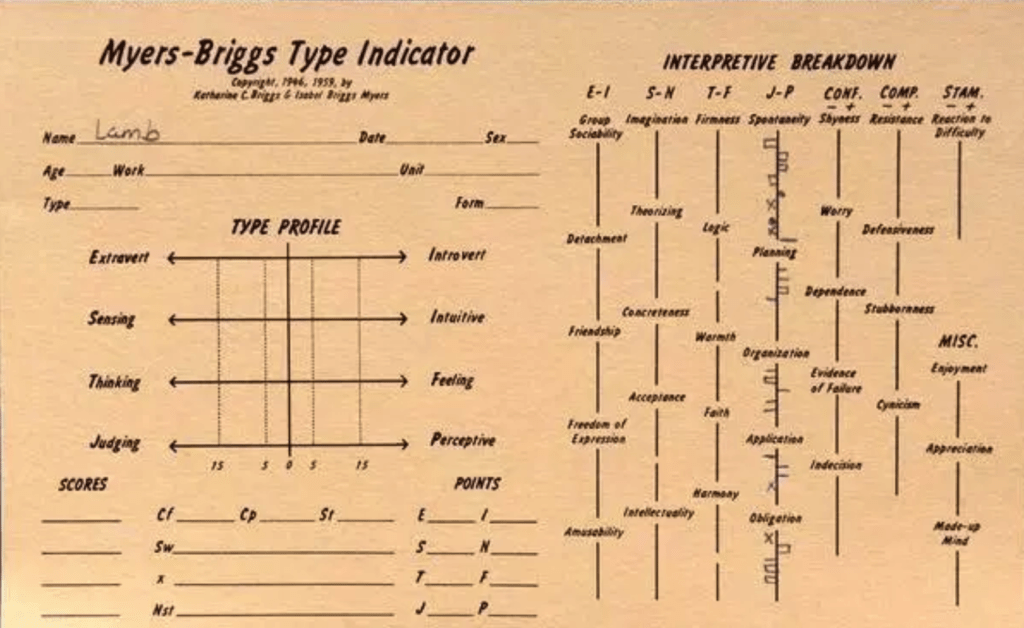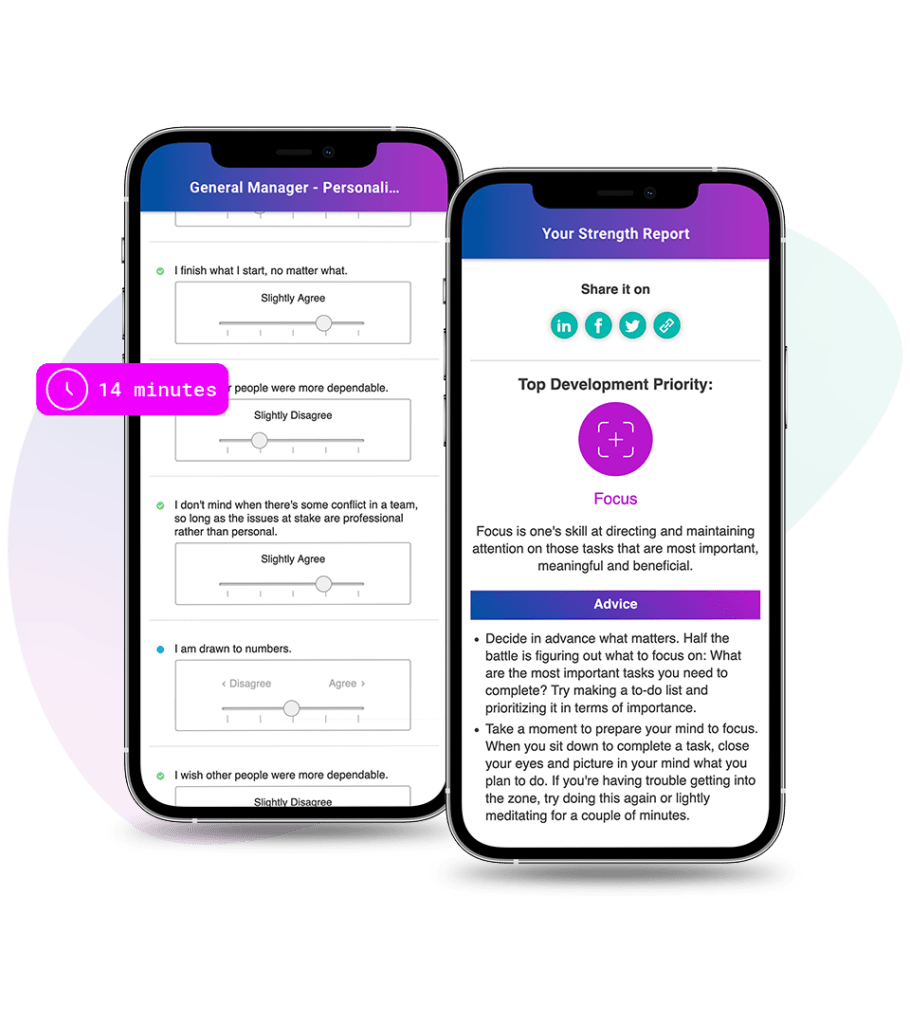The Origin and Future of Psychometrics
Psychometrics is a rigorous and long-standing field of study that attempts to measure personality and aptitude. Lately, however, the most accessible prototypes are Buzzfeed quizzes that tell you what Disney Princess you are – needless to say, its reputation in popular media has faltered.
Despite this bad rep in the pop-psych consciousness (i.e. Cambridge Analytica), psychometrics has wide-reaching implications. Especially when it comes to modern hiring practices. As objectivity in hiring gains prominence as a critical criterion in the hiring process, its popularity is likely to increase.
So where did psychometrics come from?
The science of psychometrics has been developing for millennia. Around 300 A.D., for example, the emperors of China’s Sui Dynasty began using a nationwide civil service examination designed to deduce personal character (and knowledge of Confucian classics) to fill vacant government posts.
Psychometrics first entered Western scientific literature in the 1860s, when Sir Francis Galton, inspired by Charles Darwin’s theory of natural selection, published Hereditary Genius. In this seminal work (often regarded by psychometricians as the birth of quantitative psychology) Galton proposed a then-radical idea: that minds come evolutionarily equipped with quantifiable skill-sets and the first psychometric measurement “factors” were born.

As the 20th century dawned, the use of testing and measurement in psychology exploded in popularity . During World War I, the U.S. government worked alongside the world’s premier psychologists to design mental tests used to cull intelligence officers from an increasingly vast throng of army recruits. These tests were later repurposed as entrance exams by many universities (including Columbia and Johns Hopkins).
Further refinement came in 1943, when Katharine Briggs and her daughter Isabel developed one of the most well-known psychometric assessments, the Myers-Briggs Type Indicator (MBTI). The MBTI uses a large set of questions to sort individuals into 16 personality classifications based on four main factors: extraversion/introversion, sensing/intuition, thinking/feeling, and judging/perceiving. Though this classification is still incredibly popular, it does not help to predict any business-related outcomes such as employee performance or retention.
Six years later, after decades of research, Raymond Cattell and his team published the 16PF Questionnaire. Unlike the MBTI, Cattell’s measure derived the 16 classifications through an analysis of hundreds of adjectives in several languages that were thought to reflect humanity’s full range of psychological variation.
In the coming years, many others used 16PF as a springboard for their own psychometric innovations. Military psychologists Ernest Tupes and Raymond Christal narrowed down Cattell’s model to five primary traits, advancing the “Five-Factor Model” that Lewis Goldberg would popularize years later when describing “the Big 5” personality components (openness, conscientiousness, extraversion, agreeableness, and neuroticism). Though some specific links have been suggested (e.g. leadership and extraversion , conscientiousness and professional success) overall, studies have struggled to find meaningful relationships between these variables and real-world outcomes.
Psychometrics’ history is critical to understanding its current usage
But, if you’re in the market for some psychometrics for your business, make sure not to get stuck in the past.
The long history and the evolution of psychometrics led to validating it as a reliable tool for obtaining personality data. Its potential for informing the talent management process was always of interest for companies and organizations. Assessing employees based on their psychometric results was an idea that found a lot of followers from early on.
Most common psychometric assessments were invented and refined before computers revolutionized the way that statistics can be blended with psychology – and before Machine Learning itself revolutionized our ability to simulate and replicate equations for successful behavior in the workplace. So, when choosing a vendor for psychometric testing for your talent management, probe for where they fit into psychometrics’ evolutionary narrative.

Choose your psychometrics wisely
At Cangrade we have built upon this long legacy of historical best practices in psychometric testing. We developed our success assessment by building a “Big Data” database of millions of working Americans filling out thousands of questions about how they were doing at work and who they were as people. We then blended the old with the new using advanced statistical analysis and Machine Learning techniques to build success models for individual businesses that are fueled by the same measurements of traits, soft skills, and all those other intangibles that are so tough to pin down on paper.
Whatever vendor you choose for your business, make sure it’s more than a gimmick – and that they’ve taken the care to blend history with the best of modern tech. Your bottom line will thank you for it.
Discover how Cangrade’s psychometric assessment can make your hiring process better and faster, request a demo today.